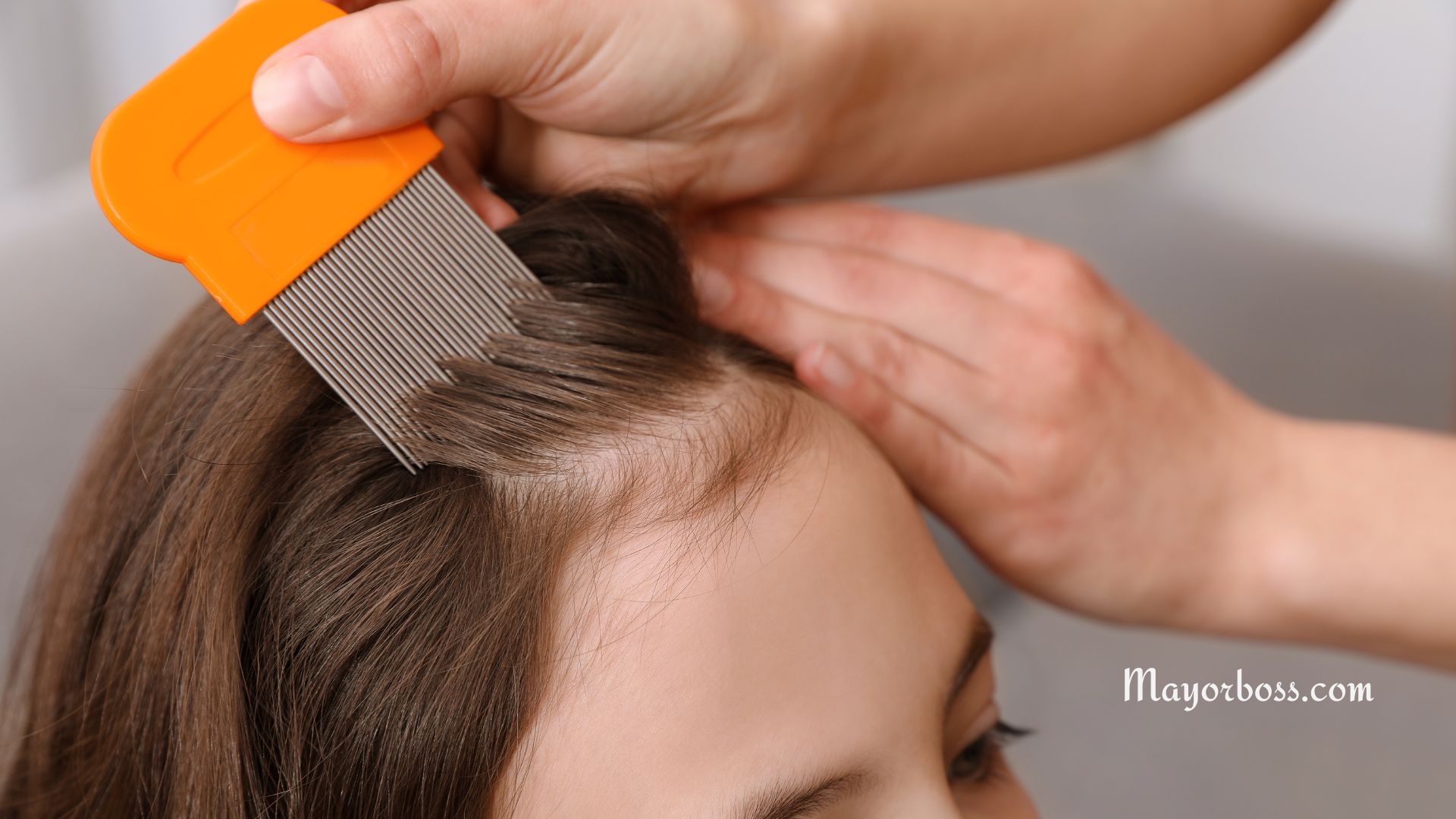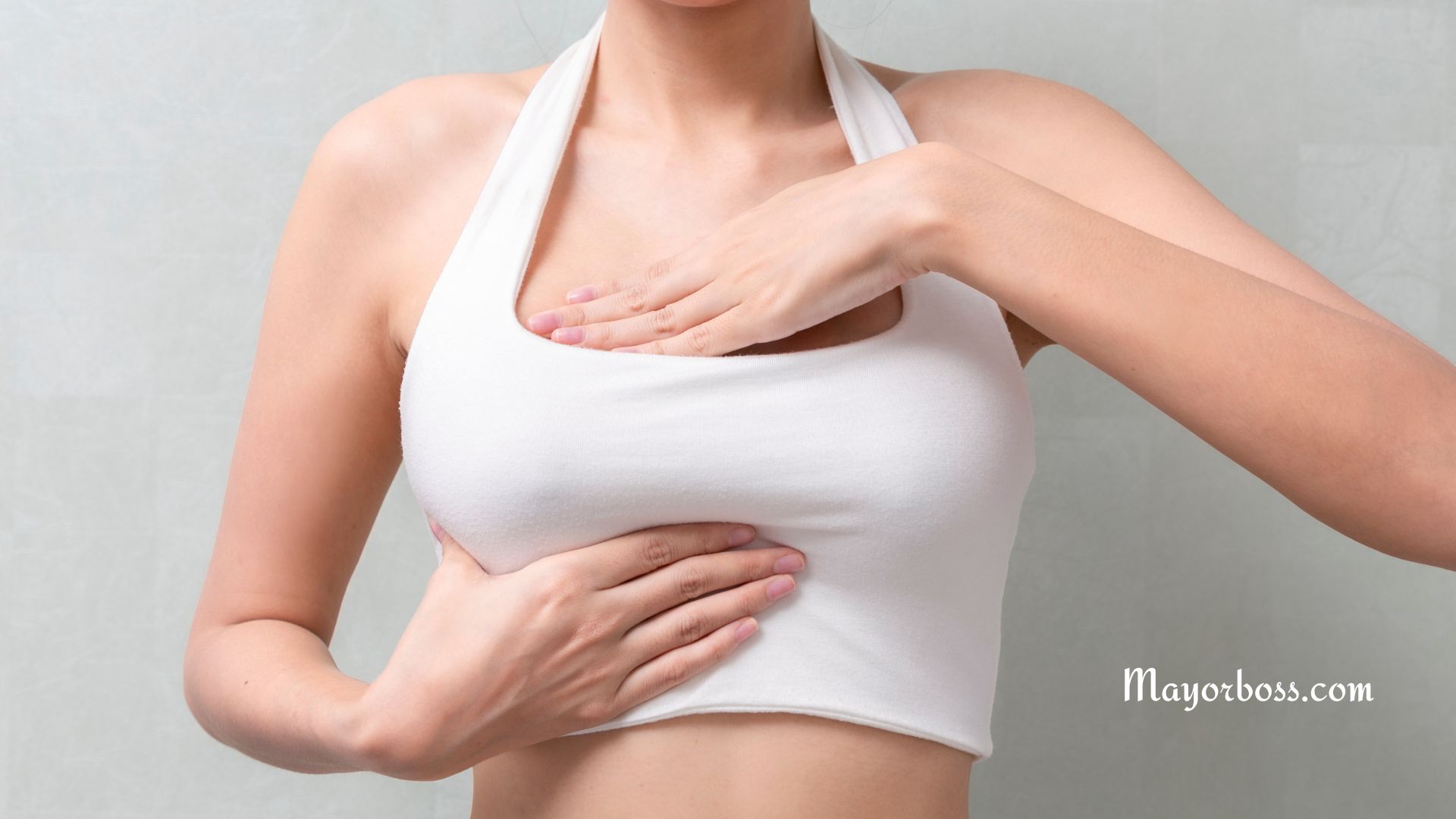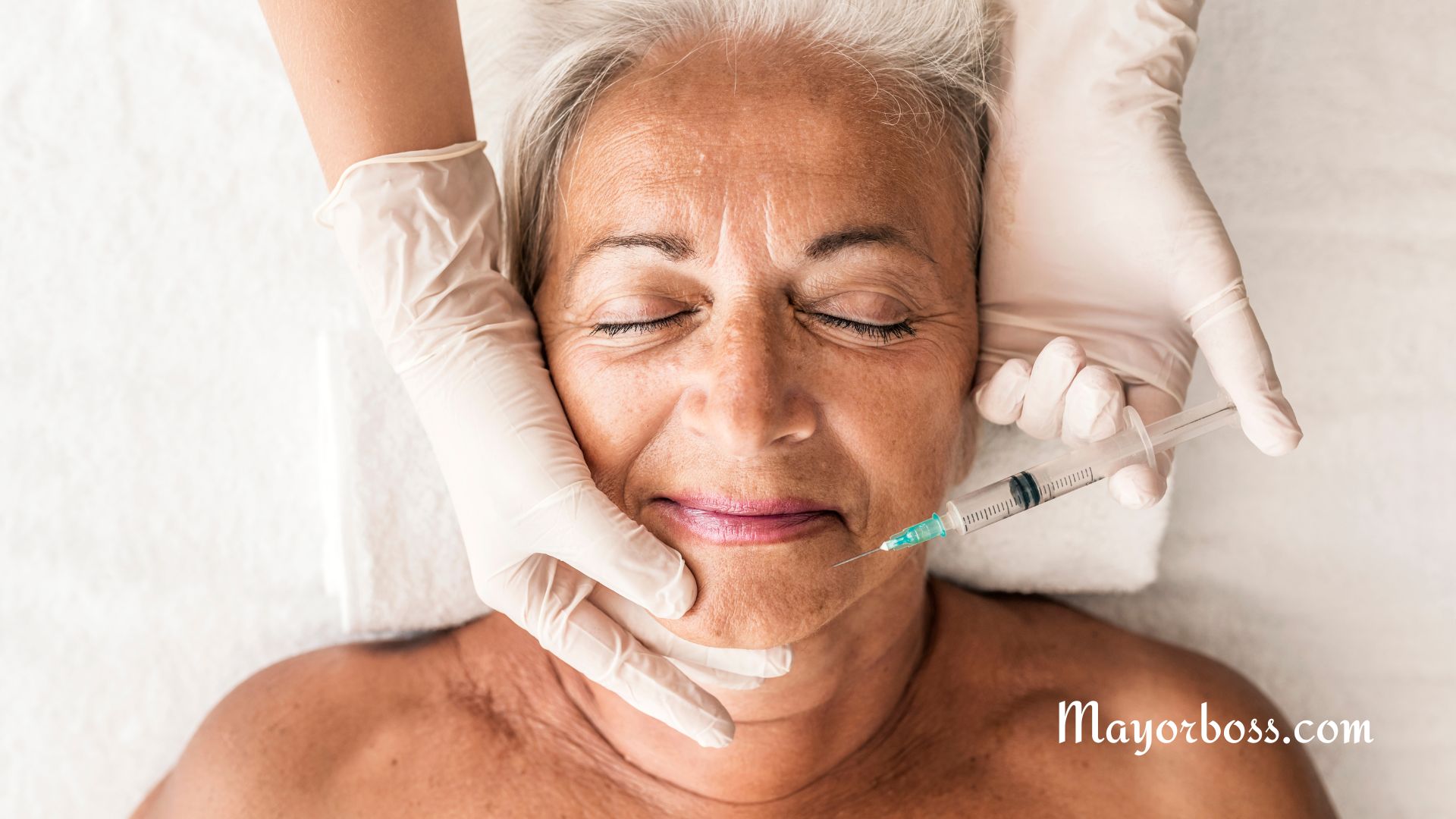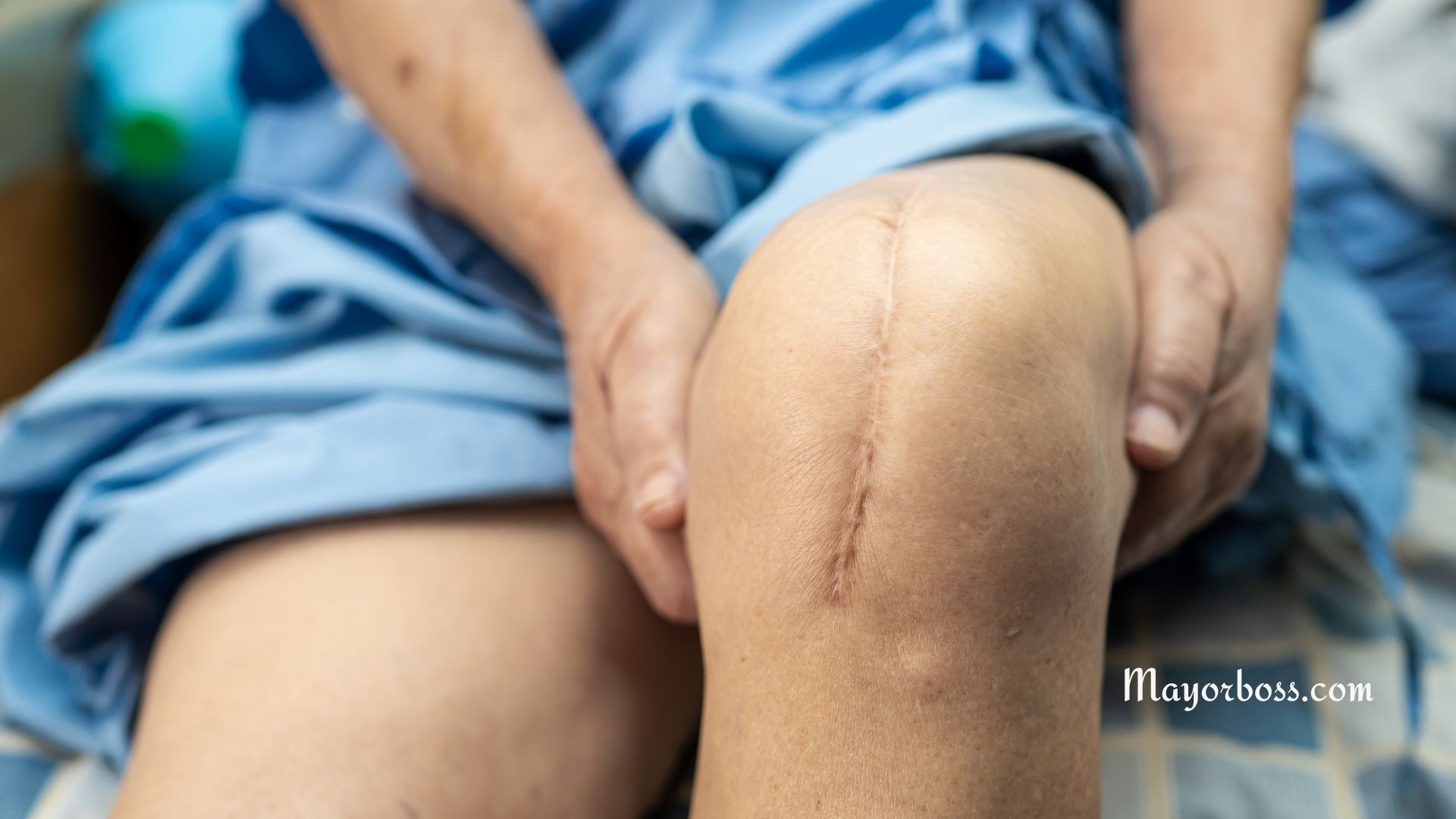What Are Stretch Marks?
What Are Stretch Marks?
Stretch marks are streaks or stripes that appear on the skin, often as a result of rapid growth or weight gain. While they’re most commonly associated with pregnancy, they can also occur due to puberty, weightlifting, and certain medical conditions. While these marks are usually harmless, they can sometimes be a cosmetic concern for people.
Why Do Stretch Marks Occur?
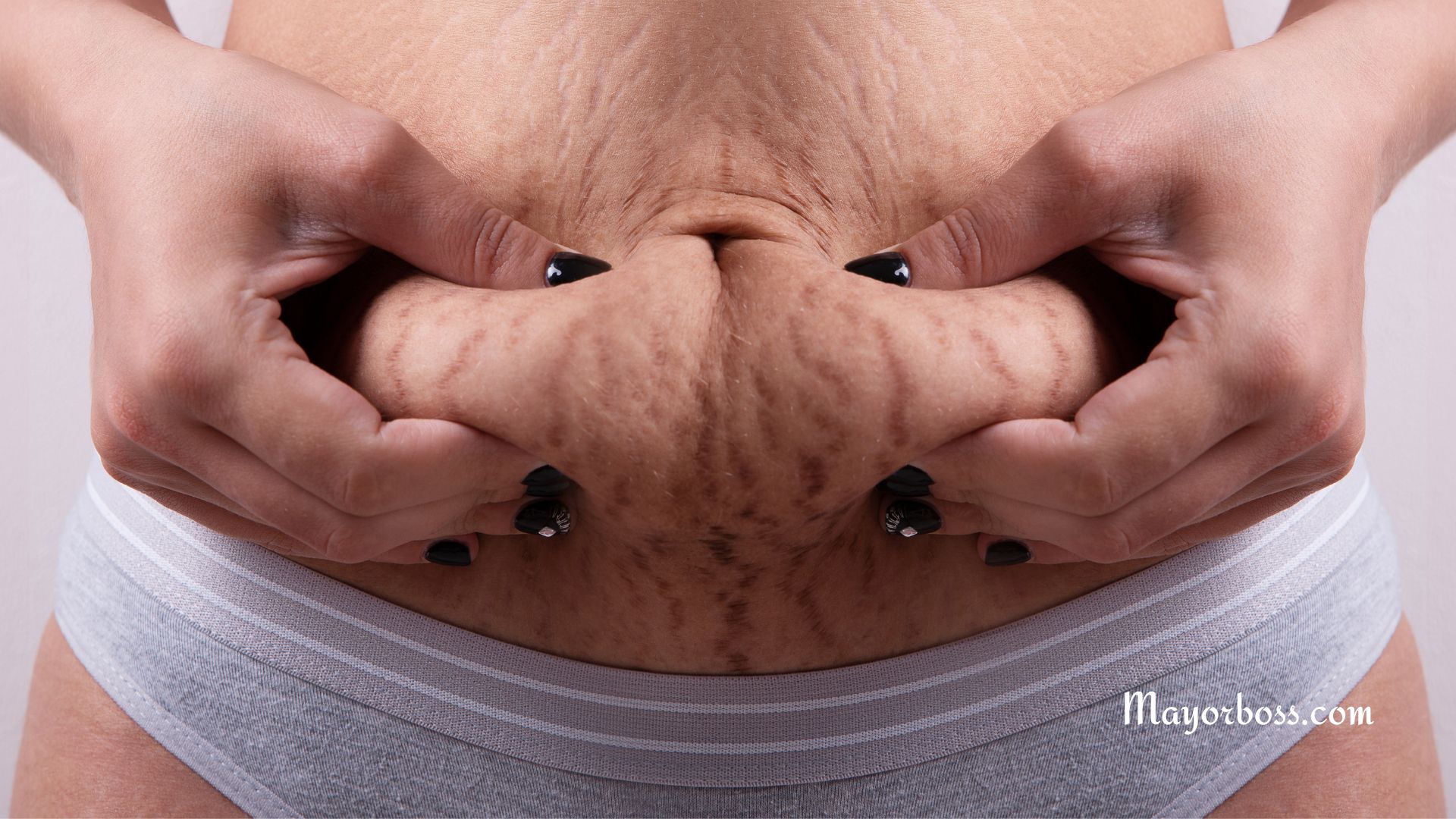
Growth Spurts and Weight Gain
The most common reason for stretch marks is rapid growth or weight gain. When you grow or put on weight quickly, your skin stretches to accommodate the change. However, the skin can only stretch so much before the collagen fibers break, creating stretch marks.
Hormonal Changes
During pregnancy or puberty, hormonal changes can also contribute to the formation of stretch marks. For instance, an increase in corticosteroid levels can weaken the skin, making it more susceptible to tearing.
Medical Conditions
In some cases, medical conditions like Cushing’s syndrome or Marfan syndrome can cause stretch marks. These conditions affect your skin’s ability to stretch and may result in visible marks.
Where Do They Appear?
Abdomen
Many people notice stretch marks on their abdomen, especially during and after pregnancy. Weight gain and muscle building are other reasons you might see these marks here.
Thighs and Hips
Stretch marks often appear on the thighs and hips. These areas are common sites for fat accumulation and muscle growth, which means they are prime locations for stretch marks.
Arms and Shoulders
If you’re into weightlifting, you may find stretch marks appearing on your upper arms and shoulders. The rapid muscle growth in these areas can stretch the skin, thus leading to marks.
Can You Prevent Them?
Moisturizing
Keeping your skin hydrated with lotions or oils may help in reducing the appearance of stretch marks. Research suggests that a well-moisturized skin is less prone to tearing.
Balanced Diet
A diet rich in vitamins and minerals, particularly vitamins E and C, can support skin health. According to some studies, these nutrients help in collagen production, which can aid in skin elasticity.
Exercise
Regular exercise can improve circulation and skin elasticity. However, be mindful of the rate at which you’re gaining muscle to prevent rapid stretching of the skin.
How to Treat Them?
Topical Creams
Over-the-counter creams containing retinoids or hyaluronic acid can sometimes reduce the appearance of stretch marks. However, results vary from person to person.
Laser Therapy
For more severe cases, laser therapy can be effective. This treatment stimulates collagen or elastin production, helping the marks blend in with the surrounding skin.
Microneedling
Microneedling involves pricking the skin with tiny needles. This method stimulates collagen production and has been found to be effective in reducing the visibility of stretch marks.
Frequently Asked Questions
Are Stretch Marks a Sign of a Medical Problem?
Generally, stretch marks are not indicative of any serious medical issue. They’re primarily a cosmetic concern for most people. However, if you notice a sudden appearance of numerous stretch marks without any clear reason, it might be a good idea to consult a healthcare provider for an evaluation.
Do Stretch Marks Go Away on Their Own?
Over time, fresh, red, or purple stretch marks usually fade to a silvery-white color, becoming less noticeable. However, they seldom disappear completely. Various treatments can help reduce their visibility, but complete removal is unlikely.
Can Both Men and Women Get Stretch Marks?
Absolutely, stretch marks do not discriminate based on gender. While they are commonly associated with pregnancy and, thus, women, men can also develop them, especially during rapid growth spurts or significant weight gain or loss.
What’s the Best Way to Prevent Stretch Marks?
Research suggests that maintaining skin hydration through moisturizers could be beneficial. Additionally, a balanced diet rich in essential nutrients like vitamins A, C, and E can support skin health. Exercise, too, can help by improving skin elasticity and blood flow.
Are There Effective Treatments for Stretch Marks?
Yes, treatments such as topical retinoid creams, laser therapy, and microneedling have shown promise in reducing the appearance of stretch marks. However, results can vary, and it’s crucial to consult a healthcare professional for personalized advice.
Can Stretch Marks Be a Problem During Pregnancy?
During pregnancy, you’re more likely to develop stretch marks, particularly in the third trimester. While they’re not a medical concern, you might find them aesthetically bothersome. Some creams are marketed for use during pregnancy to reduce stretch marks, but their effectiveness is not universally supported by scientific evidence.
Further Reading: Home Remedies for Stretch Marks


